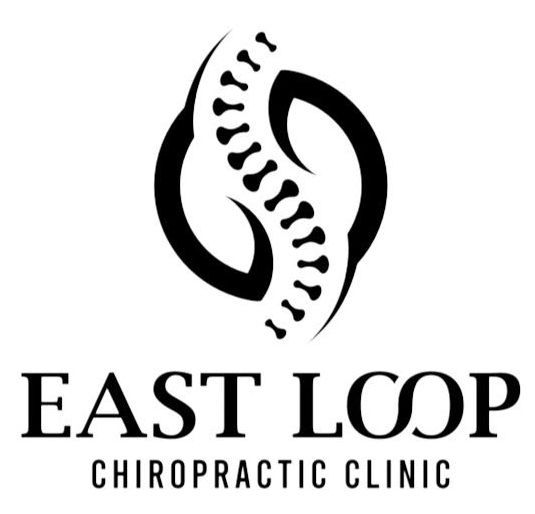FAQs
East Loop Chiropractic Clinic
Have a chiropractic care-related question? Our team at East Loop Chiropractic Clinic has the answer. Check out these FAQs and give us a call today for more information!
What age groups do you treat?
We treat patients of all ages! From newborns to geriatrics.
Do you take car accident injuries?
Yes! We take LOPs.
Do you take X-rays?
Yes, we have in-house digital X-rays and we perform them before we do any chiropractic work.
What information do you need from me during the initial consultation?
We will require any details from a fall or accident along with any past medical history. Bring your insurance card and ID if you are going through your insurance.
Do you take walk-ins?
We do! You hurt today, we will see you today!
Are you open on the weekends?
Yes, we are open on Saturday from 8:00 am - 12:00 pm.

Share On: